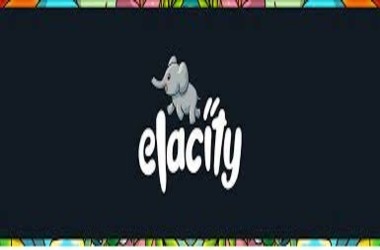
Elacity’s Access Economy Protocol (AEP)
Elacity’s Access Economy Protocol (AEP) is a game-changer, merging Non-Fungible Token (NFT) technology with decentralized DRM. This amalgamation enables user-owned content to be shared, monetized, and resold with defined scarcity. The innovative approach provides immediate global payments, breaking geographical barriers and eliminating intermediary fees. Elacity DRM not only fosters collaborative and interactive Web3 content markets but also prioritizes user data and intellectual property protection from unauthorized access and misuse.
Decentralized Technology at the Core
The Elacity DRM tool harnesses the advantages of decentralized technology by creating encrypted digital capsules linked to the creator’s digital identity. These capsules, acting as blockchain-logged assets, are individually owned and shareable within social and digital networks. Decryption rights are obtained directly from the creators’ smart contracts, along with the use of a groundbreaking runtime player for playback. This runtime player seamlessly checks the blockchain for decryption rights and interacts with the decentralized storage location of the capsule, ensuring secure playback.
Commercial Availability and Compatibility
Based on the Elastos Smart Chain (ESC), the Elacity DRM product is EVM compatible. It is set to be commercially available to creators on the Elastos SmartWeb marketplace starting January 2024, following a successful trial phase initiated in late December 2023.
Expanding Beyond Video Content
While the initial focus is on video content, including applications in independent filmmaking, educational materials, documentaries, and podcasts, Elacity DRM’s future plans include expanding to support audio-only formats, such as music and audiobooks. Additionally, the tool aims to extend its capabilities to documents, gaming, and software capsules in 2024.
Empowering Creators and Eliminating Intermediaries
One of the key advantages of Elacity DRM is the empowerment of creators. By allowing direct marketing, promotion, and monetization to audiences, creators can eliminate reliance on intermediaries. This approach brings artists closer to their audiences, removing traditional limitations imposed by third-party terms, conditions, and revenue retention.
Interoperability and Integration
To ensure interoperability across the web, Elacity’s Access Economy Protocol (AEP) manages three types of NFT tokens – access tokens, royalty tokens, and distribution tokens. This puts content creators and their networks in control of their content, its commercialization, and distribution. The DRM tool’s detailed work with standard bodies, such as MPEG, ensures seamless integration of Web3 interoperability for creative owners and content consumers.
Innovative Business Models and Smart Contracts
Elacity DRM introduces unique economic models through the generation of access tokens, ranging from one to billions, traded globally to decrypt content. Revenue from these transactions is instantly split and paid out to royalty token holders. This decentralized approach, facilitated by smart contracts and NFTs, creates not just content markets but also royalty markets.
Global Impact and Transitioning into Web3
Jonathan Hargreaves, Global Head of Business Development & ESG at Elastos, emphasizes the transformative potential of the partnership, stating that the Web3 system for creativity opens the path to integrate with Elastos’ BeL2 approach to a Layer 2 solution. This collaboration aims to create a new ecosystem, powered by Bitcoin, fostering a peer-to-peer economy of sharing, equitable payments, and empowered users. The Access Economy has the potential to revolutionize industries such as video streaming, music, and online gaming in the first half of 2024, marking the deployment of a true SmartWeb.